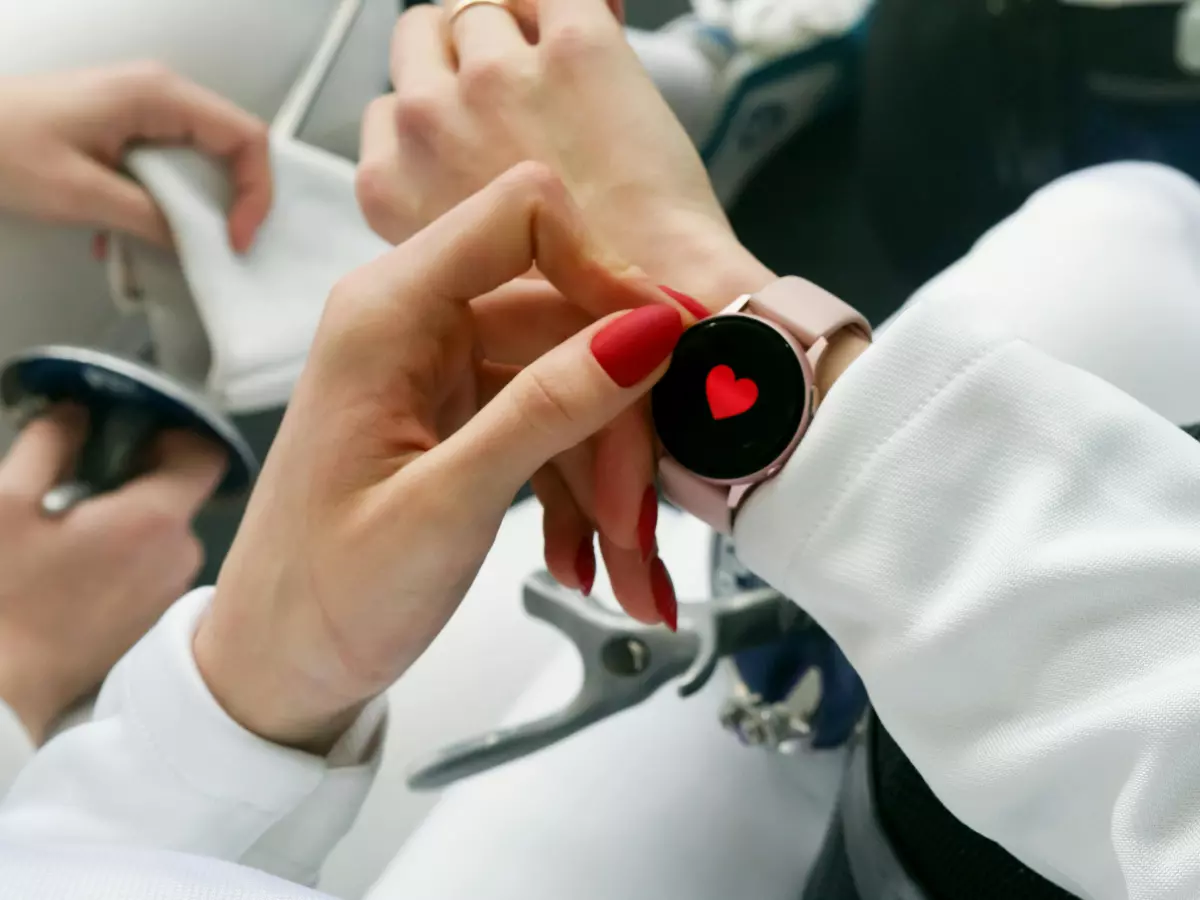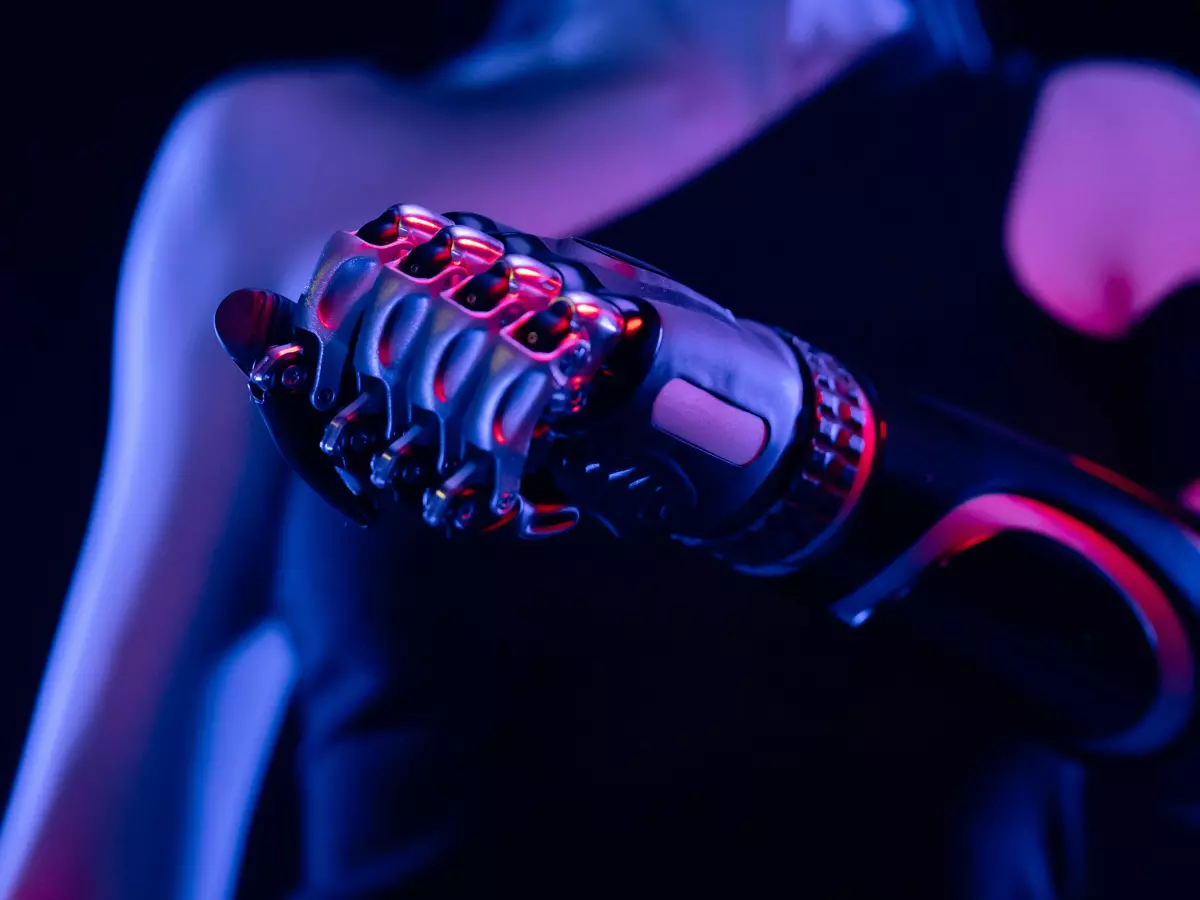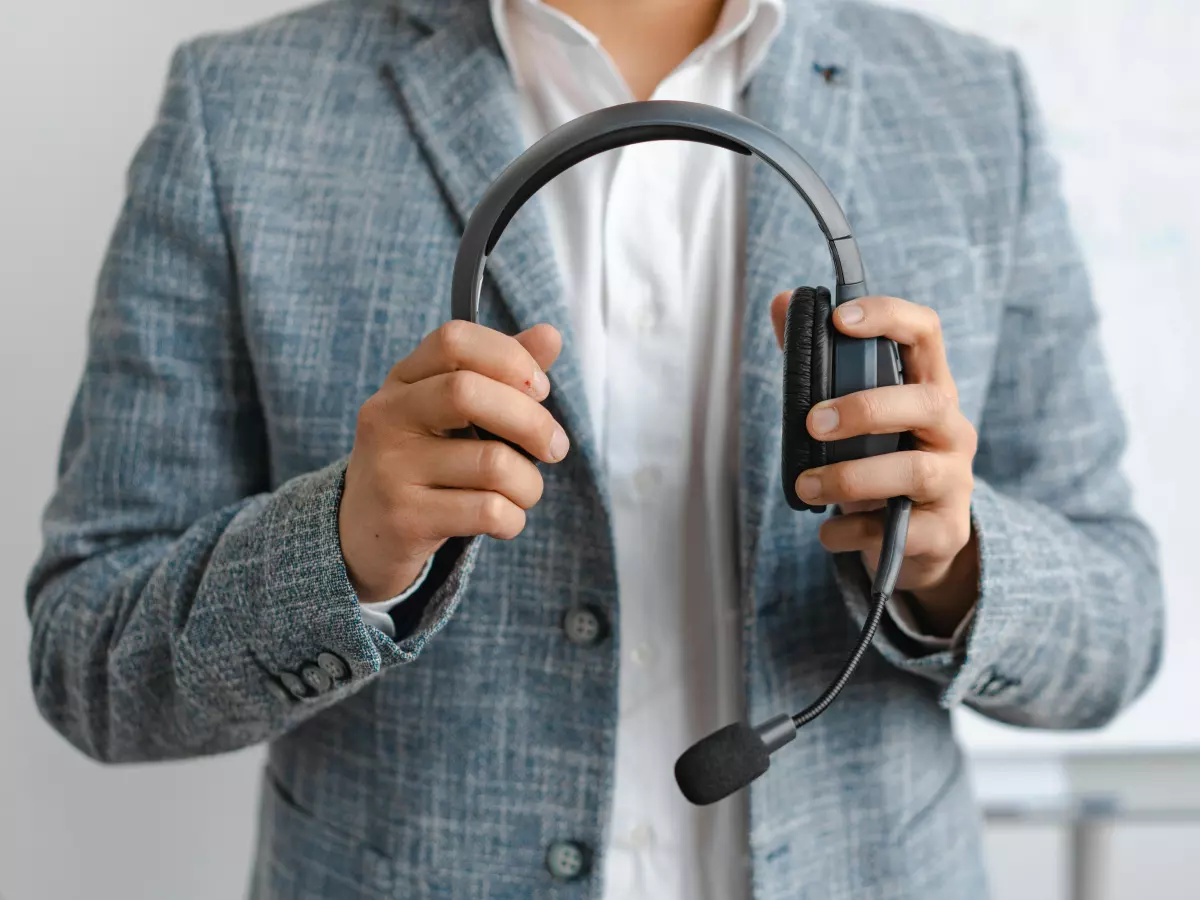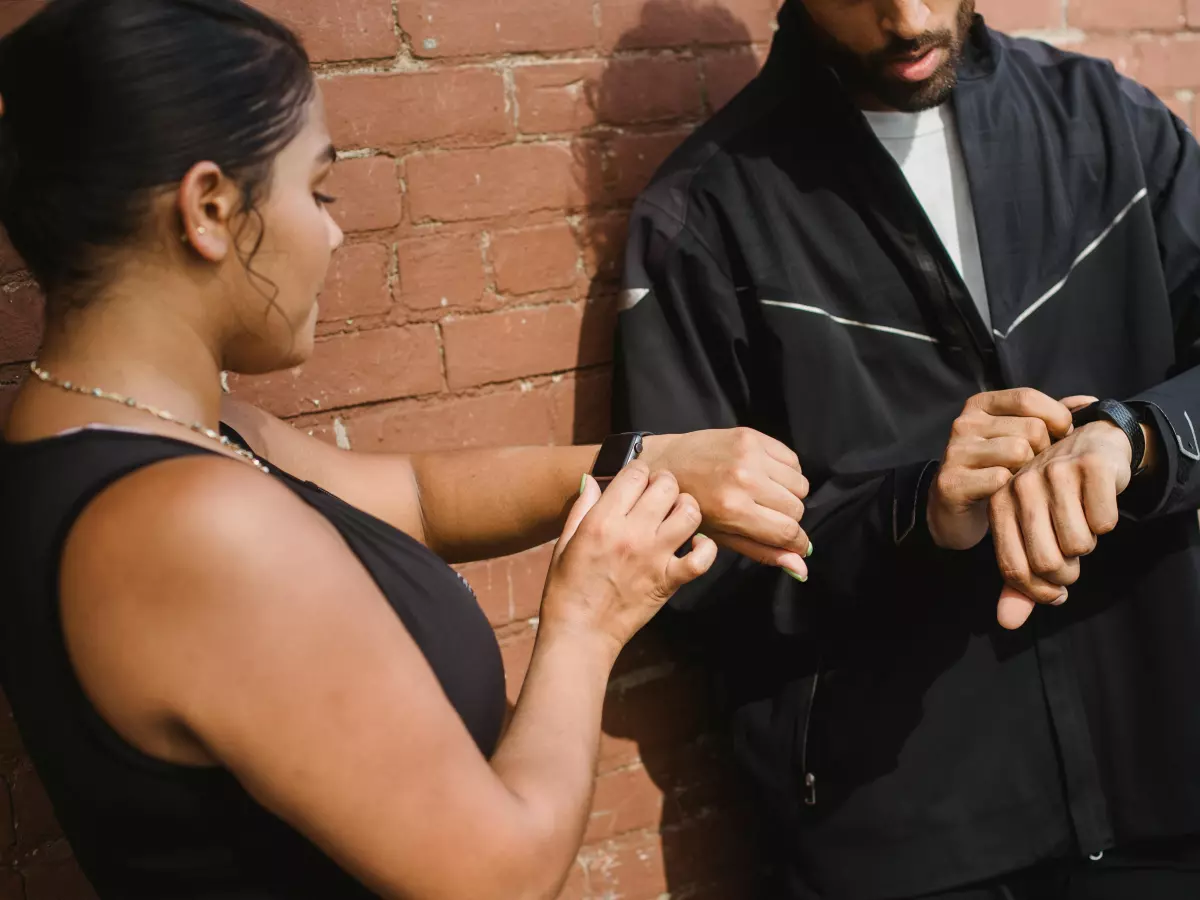Wearable Fitness Revolution
“Wait, so my fitness tracker knows exactly how many calories I’ve burned? How does it even do that?”

By Sophia Rossi
Ah, the age-old question. Many people believe that their fitness trackers are magical devices that just “know” everything about their physical activity. You strap it on, go for a run, and voilà! It spits out data on your heart rate, calories burned, and even how well you slept last night. But here’s the thing: it’s not magic. It’s science—and a lot of sensors.
Let’s debunk this myth right away: your wearable isn’t some all-knowing oracle. It’s a finely-tuned piece of tech that relies on a combination of sensors, software, and algorithms to give you those fitness insights. And trust me, the sensors are doing most of the heavy lifting.
Sensors: The Real MVPs
First things first: what sensors are we talking about here? In most fitness wearables, you’ll find a bunch of them working together to track your every move. The most common ones include:
- Accelerometer: This sensor measures your movement in three dimensions. It’s the reason your wearable knows when you’re walking, running, or just sitting on the couch binge-watching your favorite show.
- Gyroscope: Working alongside the accelerometer, the gyroscope helps track your orientation and rotation. This is especially useful for activities like cycling or swimming, where your body is moving in more complex ways.
- Heart Rate Monitor: Usually an optical sensor that uses light to measure your pulse. It’s the key to tracking your cardio performance and even stress levels.
- GPS: This one’s pretty self-explanatory. It tracks your location, distance, and speed, which is crucial for outdoor activities like running or hiking.
- Barometer: This sensor measures atmospheric pressure, helping to determine your altitude. It’s a must-have for tracking elevation during activities like hiking or mountain biking.
These sensors work together to give you a comprehensive picture of your physical activity. But here’s where it gets interesting: the sensors alone aren’t enough. They need a little help from their friend—software.
Software: The Brain Behind the Brawn
While the sensors are the muscle of your wearable, the software is the brain. It’s the software that takes the raw data from the sensors and turns it into something meaningful. For example, your accelerometer might detect that you’re moving, but it’s the software that determines whether you’re walking, running, or doing burpees (ugh, burpees).
Most wearables use a combination of algorithms and machine learning to interpret the data. These algorithms are trained to recognize patterns in your movement, heart rate, and other metrics. Over time, they get better at understanding your unique activity patterns, making your fitness data more accurate.
But it doesn’t stop there. The software also integrates with other apps and platforms to give you a more holistic view of your health. For example, many wearables sync with apps like Apple Health or Google Fit, allowing you to track everything from your daily steps to your sleep patterns. This integration is key to making your wearable more than just a glorified pedometer.
Battery Life: The Unsung Hero
Now, let’s talk about battery life. With all these sensors and software working together, you’d think your wearable would need to be charged every few hours, right? Wrong. Thanks to some clever engineering, most wearables can last anywhere from a day to a week on a single charge.
How do they do it? It’s all about efficiency. The sensors are designed to use as little power as possible, and the software is optimized to process data without draining the battery. For example, many wearables only activate certain sensors when they detect movement, conserving power when you’re not active. Some even use AI to predict when you’re about to start an activity, so they can preemptively power up the necessary sensors.
And let’s not forget about low-power displays. Most wearables use OLED or e-ink screens, which consume far less energy than traditional LCDs. This allows you to check your stats without worrying about killing your battery.
What’s Next for Wearable Tech?
So, what does the future hold for wearable fitness trackers? Well, we’re already seeing some exciting developments. For starters, sensors are getting smaller and more accurate, which means wearables will be able to track even more metrics in the future. Imagine a fitness tracker that can measure your hydration levels or blood sugar in real-time. Sounds like sci-fi, but it’s closer than you think.
We’re also seeing more advanced software integration. Wearables are becoming more than just fitness trackers—they’re evolving into full-fledged health monitoring devices. With the rise of AI and machine learning, your wearable could soon be able to predict health issues before they happen, giving you a heads-up to see a doctor or make lifestyle changes.
And let’s not forget about battery life. As battery technology improves, we could see wearables that last for weeks or even months on a single charge. No more scrambling for your charger before a workout!
Wrapping It Up
So, the next time someone asks you how your fitness tracker knows so much about your activity, you can confidently say, “It’s all in the sensors, baby.” But don’t forget to give a shoutout to the software and battery life, too. After all, it’s the combination of these three elements that makes your wearable the ultimate fitness companion.




